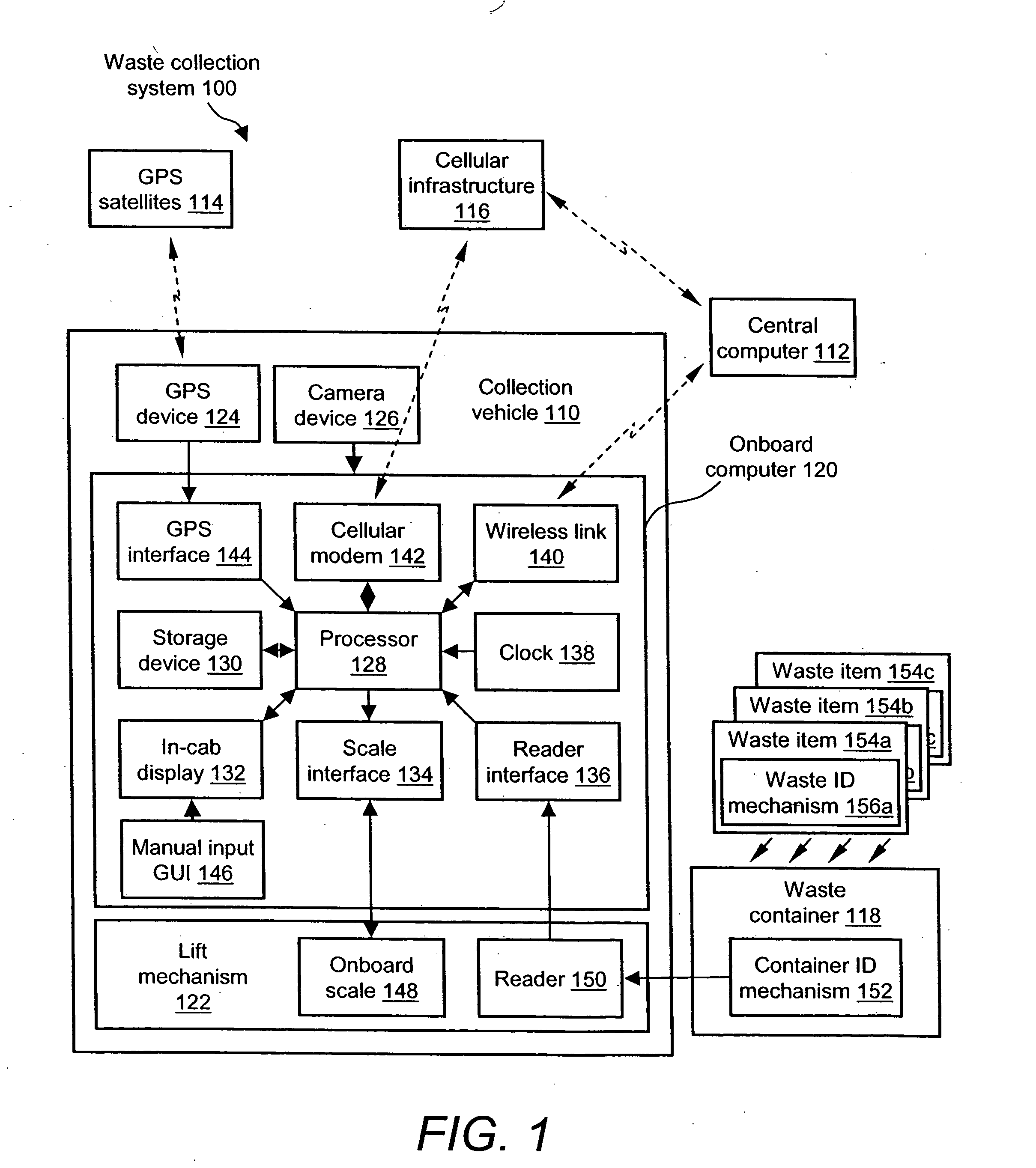System and method for identifying and processing recyclables
a technology of recycling and system, applied in the field of environmental protection and sustainability, can solve the problems of not addressing the issue of the quality of the recycling of goods, the overall rate of consumption of goods still greatly outpaces the rate at which recyclable materials are consumed, and the economic and environmental resources are still stretched, so as to achieve the effect of increasing the quantity and quality of the recycling, facilitating execution, and ample opportunity
- Summary
- Abstract
- Description
- Claims
- Application Information
AI Technical Summary
Benefits of technology
Problems solved by technology
Method used
Image
Examples
Embodiment Construction
[0041] The particulars shown herein are by way of example and for purposes of illustrative discussion of the embodiments of the present invention only and are presented in the cause of providing what is believed to be the most useful and readily understood description of the principles and conceptual aspects of the present invention. In this regard, no attempt is made to show structural details of the present invention in more detail than is necessary for the fundamental understanding of the present invention, the description taken with the drawings making apparent to those skilled in the art how the several forms of the present invention may be embodied in practice.
[0042] The present invention, according to its various aspects and embodiments, provides numerous solutions to the aforementioned problems relating to recycling. In particular, the present invention provides means through which a user, defined herein as a recycling entity, is encouraged to continue its recycling behavio...
PUM
 Login to View More
Login to View More Abstract
Description
Claims
Application Information
 Login to View More
Login to View More - R&D
- Intellectual Property
- Life Sciences
- Materials
- Tech Scout
- Unparalleled Data Quality
- Higher Quality Content
- 60% Fewer Hallucinations
Browse by: Latest US Patents, China's latest patents, Technical Efficacy Thesaurus, Application Domain, Technology Topic, Popular Technical Reports.
© 2025 PatSnap. All rights reserved.Legal|Privacy policy|Modern Slavery Act Transparency Statement|Sitemap|About US| Contact US: help@patsnap.com



